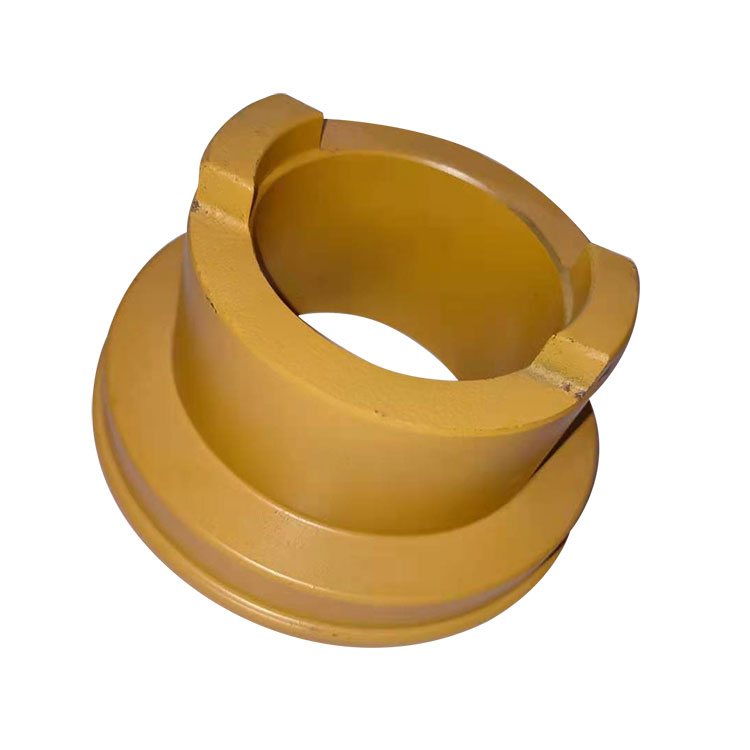How do steel bushings differ from other types of bushings?
2023-10-17
Steel bushings differ from other types of bushings, such as bronze, plastic, and brass bushings, in terms of their material composition, properties, and performance characteristics. Here are some key differences between steel bushings and other types of bushings:
1. Material Composition:
- Steel Bushings: As the name suggests, steel bushings are made of steel, which is an alloy of iron and carbon. Steel offers excellent strength, hardness, and wear resistance, making it suitable for a wide range of mechanical applications.
- Bronze Bushings: Bronze bushings are made of bronze, an alloy of copper and tin. Bronze offers good corrosion resistance, low friction, and excellent load-carrying capabilities, making it suitable for various bearing applications.
- Plastic Bushings: Plastic bushings are made of various engineered plastics such as nylon, polyethylene, or polytetrafluoroethylene (PTFE). These materials offer low friction, self-lubricating properties, and resistance to chemicals and moisture.
- Brass Bushings: Brass bushings are made of brass, an alloy of copper and zinc. Brass offers good corrosion resistance and electrical conductivity and is often used in electrical and marine applications.
2. Friction and Lubrication:
- Steel Bushings: Steel bushings have higher friction compared to some other materials, which may require additional lubrication for optimal performance.
- Bronze Bushings: Bronze bushings have lower friction and are often self-lubricating, reducing the need for external lubrication.
- Plastic Bushings: Plastic bushings have low friction and are self-lubricating, making them suitable for applications where frequent lubrication is impractical or undesirable.
- Brass Bushings: Brass bushings have moderate friction and may require lubrication in some applications.
3. Load Capacity:
- Steel Bushings: Steel bushings have high load-carrying capabilities and are suitable for heavy-duty and high-load applications.
- Bronze Bushings: Bronze bushings also have excellent load-carrying capabilities and are commonly used in high-load applications.
- Plastic Bushings: Plastic bushings have lower load-carrying capacities compared to steel and bronze bushings, making them more suitable for lighter-duty applications.
- Brass Bushings: Brass bushings have moderate load-carrying capacities and are suitable for medium-duty applications.
4. Corrosion Resistance:
- Steel Bushings: Steel bushings may require additional measures like coatings or plating to enhance their corrosion resistance, especially in humid or corrosive environments.
- Bronze Bushings: Bronze bushings offer good corrosion resistance, making them suitable for some outdoor and marine applications.
- Plastic Bushings: Plastic bushings have excellent corrosion resistance and are often used in applications where exposure to moisture or chemicals is a concern.
- Brass Bushings: Brass bushings offer good corrosion resistance and are commonly used in marine and electrical applications.
The choice between steel bushings and other types of bushings depends on the specific requirements of the application, such as load, speed, temperature, and environmental conditions. Each type of bushing has its unique advantages and limitations, and selecting the appropriate material is crucial to ensuring optimal performance and longevity in the intended application.



